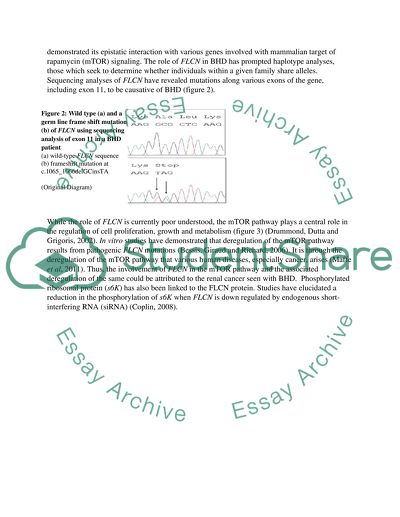Cite this document
(“Molecular Genetic Diagnostics for Birt-Hogg-Dube Syndrome Essay”, n.d.)
Molecular Genetic Diagnostics for Birt-Hogg-Dube Syndrome Essay. Retrieved from https://studentshare.org/health-sciences-medicine/1446386-molecular-genetic-diagnostics-for-birt-hogg-dube
Molecular Genetic Diagnostics for Birt-Hogg-Dube Syndrome Essay. Retrieved from https://studentshare.org/health-sciences-medicine/1446386-molecular-genetic-diagnostics-for-birt-hogg-dube
(Molecular Genetic Diagnostics for Birt-Hogg-Dube Syndrome Essay)
Molecular Genetic Diagnostics for Birt-Hogg-Dube Syndrome Essay. https://studentshare.org/health-sciences-medicine/1446386-molecular-genetic-diagnostics-for-birt-hogg-dube.
Molecular Genetic Diagnostics for Birt-Hogg-Dube Syndrome Essay. https://studentshare.org/health-sciences-medicine/1446386-molecular-genetic-diagnostics-for-birt-hogg-dube.
“Molecular Genetic Diagnostics for Birt-Hogg-Dube Syndrome Essay”, n.d. https://studentshare.org/health-sciences-medicine/1446386-molecular-genetic-diagnostics-for-birt-hogg-dube.


